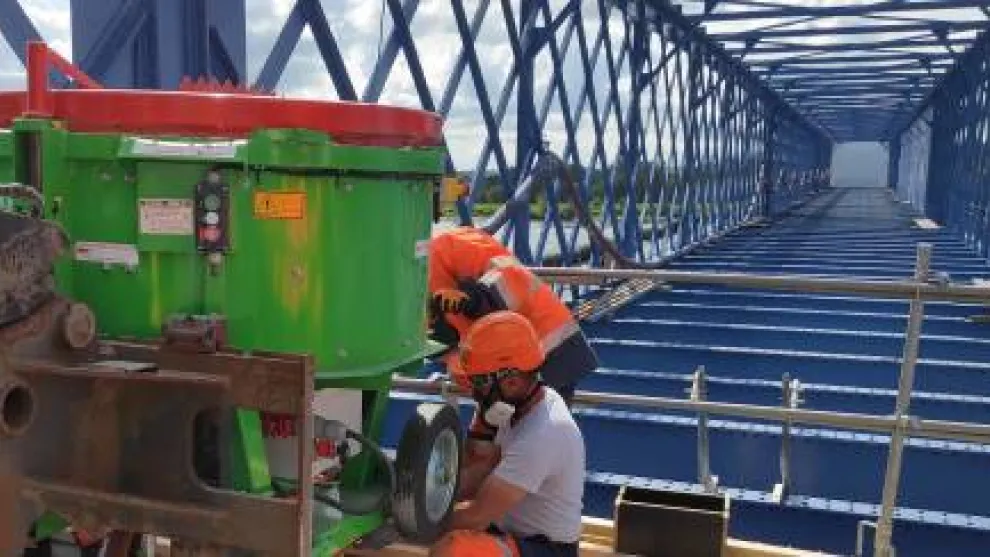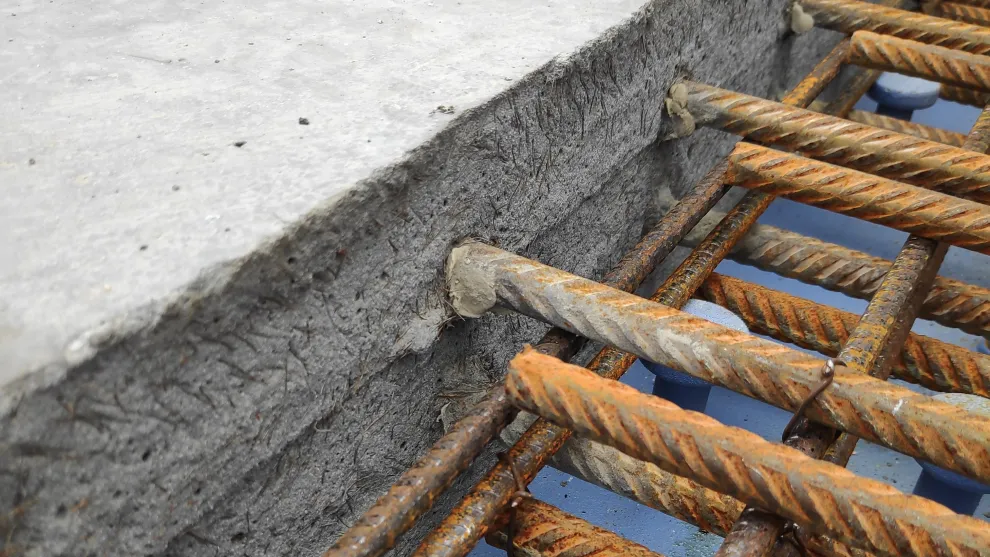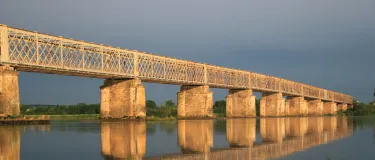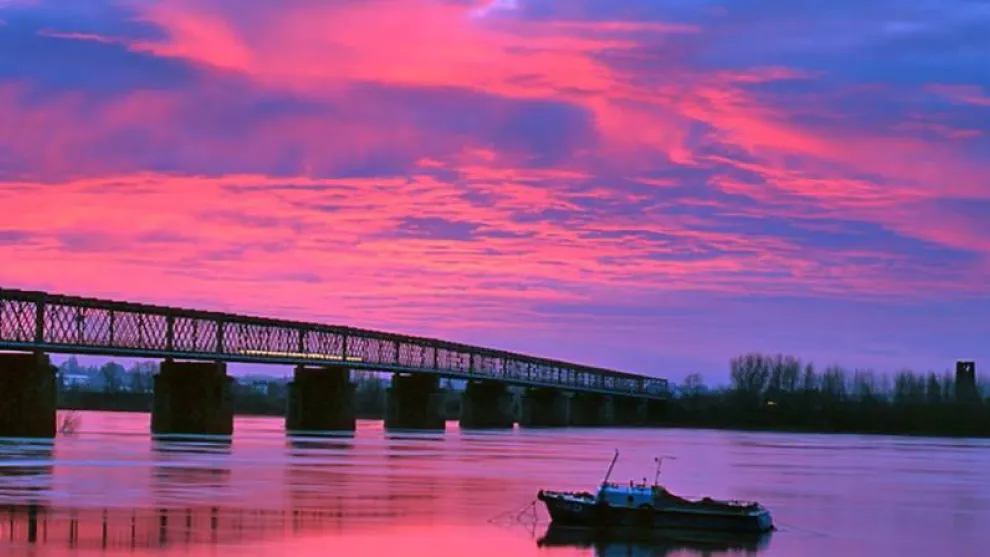Bridging past and present in Mauves-sur-Loire
In a quiet commune just downstream from France’s Loire river valley, a historic landmark meets the building technology of the future with Ductal®.
Since 1882, the Mauves-sur-Loire bridge has carried the loads of countless vehicles from point A to point B, and its 570 meters of sturdy trellis beams are a testament to the industrial progress of its time - but every marvel of engineering is due for an upgrade once in a while.
The solution was Ductal®, Holcim’s ultra-high-performance concrete technology (UHPC). Ductal® is responsible for more than 300 bridge repair projects in Europe and North America in just the last five years.

“Through the last 25 years of research and development in our Holcim Innovation Center, Ductal® has developed more durable solutions to retain and reuse existing structures,” says Carlos Piles, Head of Ductal® EMEA & Asia. Rehabilitating the Mauves-sur-Loire bridge is a prime example.
The project aimed to upgrade this historic landmark with an increased bearing capacity and cantilevered footbridges. To meet this challenge, the Mauves-sur-Loire team replaced the existing 3,500-square-meter deck made of brick vaults with precast UHPC slabs averaging just 10cm in depth, reducing the bridge’s total dead load by 50%.

To summarize what Ductal® stands for: it’s our large global footprint, our R&D expertise, and our sustainability commitment.
Using Ductal® technology allowed the bridge to take on greater capacity using less material, and in record time: once the UHPC is mixed and manufactured on site, all that remains is to fill the joints between the slabs. “Precast slabs significantly saves time on this type of renovation,” says Matthieu de Caslou, Head Construction Engineer at Bouygues TPRF, the project contractor. “The challenge was to restore traffic on the bridge as quickly as possible.”
Traffic has since returned to the Mauves-sur-Loire bridge, which is now stronger, slimmer and greener: using Ductal® means doing more with less. It’s easy to see how the reduction of material usage cuts back on carbon emissions, from manufacturing to transportation.
In fact, one of the central goals of the technology is to help create a built environment that is respectful of the natural environment. “To summarize what Ductal® stands for: it’s our large global footprint, our R&D expertise, and our sustainability commitment,” says Piles. In Mauves-sur-Loire, this commitment will live on for centuries more to come – doubtless with the occasional upgrade.
Learn more about Ductal® technology at the reimagined ductal.com and browse our new solutions portfolio







